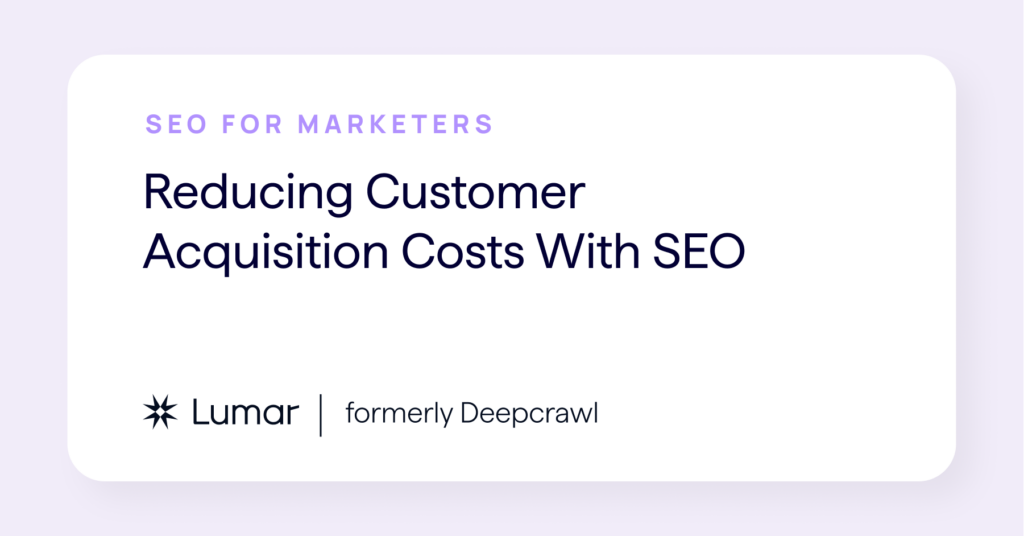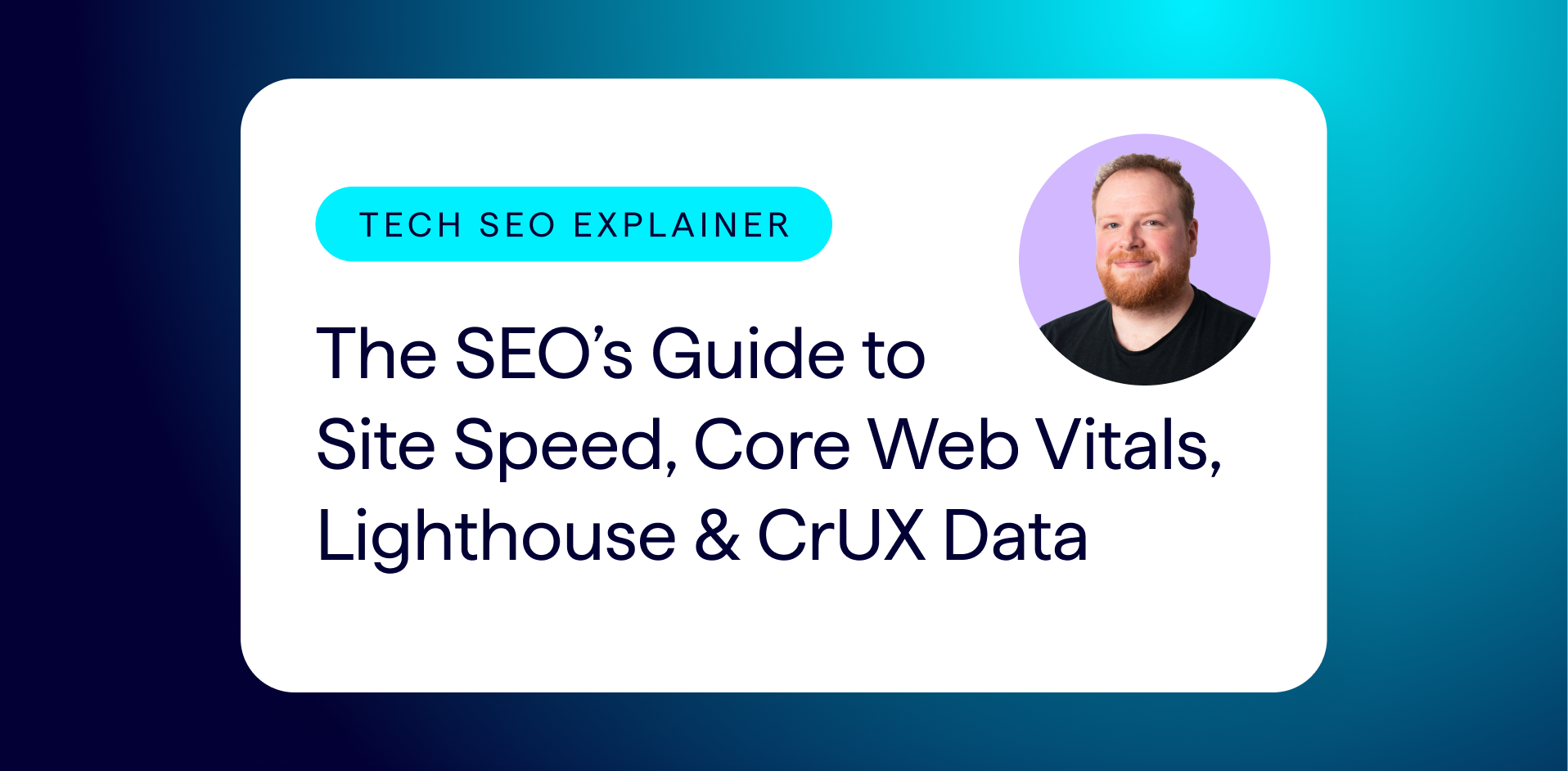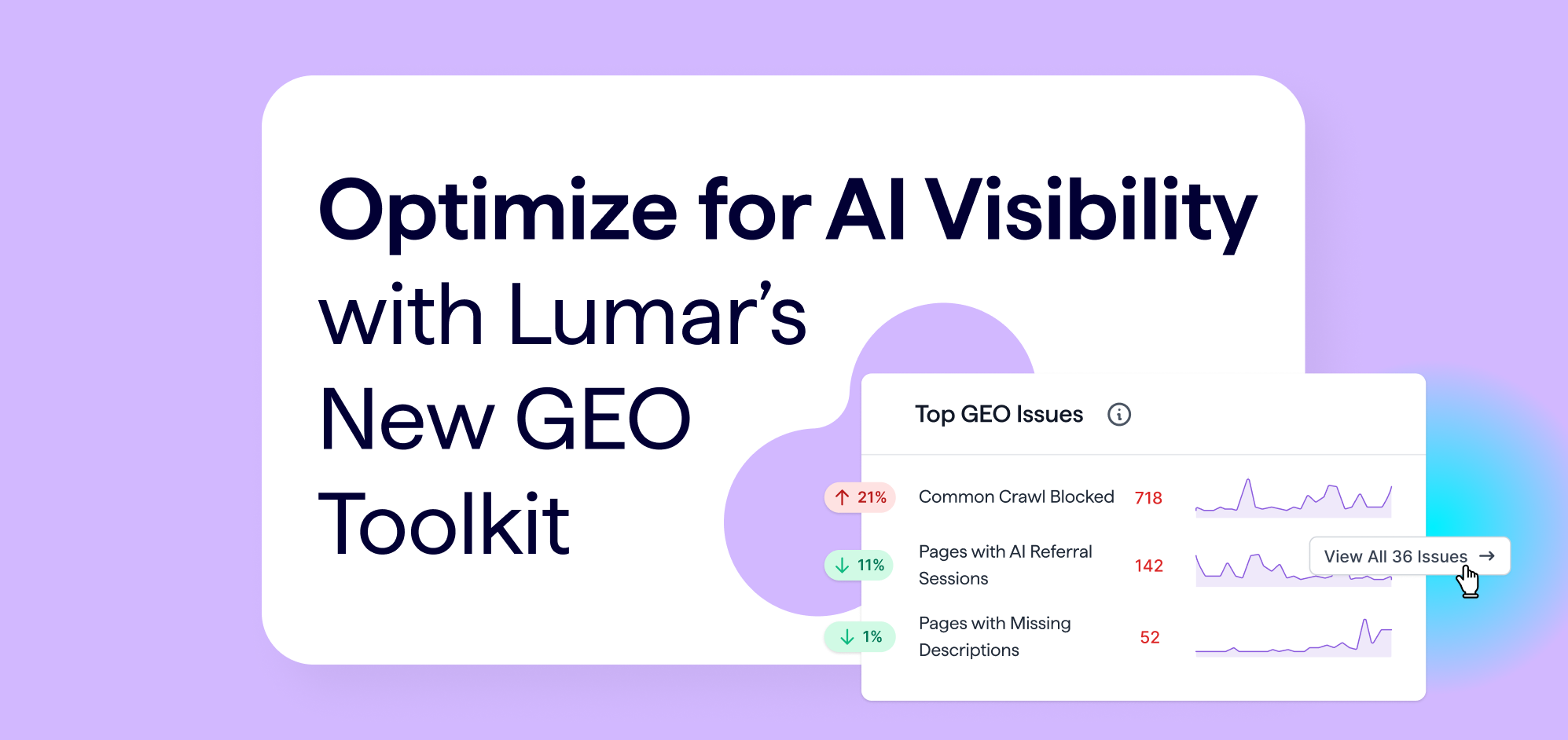New customer acquisition is a core part of marketing teams’ day-to-day efforts. It makes sense, then, that customer acquisition costs (CAC) are always top-of-mind for marketers who want to ensure that their returns on investment are meeting expectations and paving the way for a profitable business. Paid marketing channels often take center stage in businesses’ marketing strategies, as they can deliver quick results. However, these quick results come at a price (per click!). For those seeking improvements in CAC, it’s worth taking a look at expanding the role that more cost-effective organic channels play within your overall marketing mix.
Many marketers have built their demand generation machines around a strategy that’s heavily reliant on paid channels like online advertising. These channels certainly have an important role to play in driving brand awareness, but with competition (and costs) increasing on paid digital channels and new consumer and regulatory demands for enhanced online privacy controls, marketing teams who are reliant on targeted paid ads may soon be facing a reduction in ROI and a reduction in opportunities to target audiences to the same degree.
It’s natural that, given the ongoing changes in the paid advertising landscape, more marketers are looking to expand their organic marketing efforts. Channels like search engine optimization offer an often overlooked opportunity to expand customer awareness and revenue-driving conversions. What’s more, organic channels do not incur the same ongoing costs associated with pay-per-click advertising—leading to opportunities for better ROI and reduced customer acquisition costs.
In this post, we’ll examine how website health and SEO can help lower customer acquisition costs.
Customer Acquisition Cost — what is CAC and why does it matter?
Customer Acquisition Cost (CAC) is an important measure of business health. It measures the cost of bringing a customer through your (real or virtual) door. To be profitable, of course, a business needs to generate more revenue from customers than it spends on acquiring them.
Calculating CAC is a relatively simple formula:

Combined with Customer Lifetime Value (CLV), CAC is a crucial metric to help you understand and forecast your company’s profitability. It’s also an important means of checking the relative health, performance, and ROI of your marketing channels so you can understand which channels are most effective, which warrant a higher spend, and which efforts you may want to discontinue or reduce your spend on.
In short, CAC matters. More correctly, keeping your CAC low matters, because high acquisition costs can put a significant dent in overall business profitability, particularly if you’re working in a sector with lots of customer churn.
Can SEO help lower customer acquisition cost (CAC)?
The degree to which SEO can help lower CAC will depend on your unique business and the channels that currently drive the bulk of your new customer acquisition. But if your business currently spends significant sums on paid ads to drive website traffic and conversions, driving that same traffic (or a portion of that traffic) through organic search instead of through PPC ads can give you the leeway to reduce ad spend. Implementing a strong SEO strategy that helps you meet your traffic and conversion KPIs without the added cost per click will allow you to better evaluate your budget allocation, where your team spends its time and effort, and identify opportunities for reducing CAC.
Ultimately, it’s a balancing act — paid and organic channels should be working in tandem to reach your goals in the most efficient and cost-effective manner. This will naturally involve some experimentation and monitoring your marketing attribution over time.
How does SEO lower CAC?
The difference is baked in. With paid ads, you’ll generally pay for each and every click they generate. As you’ll no doubt have noticed as you watch your PPC budget evaporate each month, ads for the most competitive search terms cost more. And while the landing page you’ve linked to may sit proudly at the top of the sponsored ads list as long as you continue to pay, those results disappear the moment you stop paying. Inevitably, the cost per acquisition via paid channels can be high, especially in a competitive market.
Organic search, on the other hand, continues to drive traffic long after your initial investment in SEO improvements. It’s a longer-term, ongoing strategy to drive awareness, traffic, and revenue. True, it takes time to generate traction in the search engines – and this is the period of time at which PPC can be of particular value – but once your organic search efforts start generating results, and as long as you keep your site and content optimized (see below), it can keep on driving traffic without per-click costs.
The reality is, paid channels and organic search/SEO should work together to drive budgetary efficiencies and reduce CAC. There are various methods to approach this balancing act to help you meet KPIs while reducing ad spend. In this Search Engine Land case study, for example, their columnist recommends adjusting PPC ad spend based on organic visibility for overlapping keywords:
“Our team tests and analyzes ad positions against multiple organic positions on the first page; these tests have proven that competitive keywords with costly CPCs can often be efficiently targeted by reducing bids and dropping ad position when a client is ranking in the top few organic positions.”
Healthier websites = healthier acquisition costs
SEO can work in tandem with your existing demand generation efforts to help lower CAC, but for marketers who don’t already ‘speak SEO’, it can be difficult to know where to start. SEO is made up of a smorgasbord of levers to pull and refinements to make, and it requires ongoing monitoring and upkeep, particularly for websites that are frequently updated and run the risk of introducing new code or content that could negatively impact search performance.
And in 2022, SEO is about a lot more than just keywords and content. Technical SEO — including things like your website’s crawlability, indexability, site speed, and user experience — has become an increasingly important factor in getting your website to rank well within the search engine results pages (SERPs).
That’s why we like to think holistically in terms of ‘website health’ as a driving force behind SEO. Our SEO-Revenue Funnel framework helps illustrate the interdependent factors that contribute to a healthy website that is poised to rank well in the SERPs and ultimately, drives revenue.
SEO for Marketers: How to Find What Needs Fixing
Lumar’s Ultimate Guide to Website Health is a great place to start if you’re ready to expand the role of organic channels within your wider marketing strategy.
Because search engine optimization involves multiple teams—from marketing leaders to SEO analysts, content writers, and web developers—getting the right resources in place to successfully execute your SEO plans is key. Luckily, there are many great platforms and solutions available to help marketing teams create seamless Digital Ops workflows across the multiple teams that contribute to your website’s technical health and ability to rank well in the search engine results pages (SERPs). Running scheduled crawls on your website with a solution like Lumar Analyze will help your teams identify and drill down into the details of any current SEO issues on your website—and the robust reporting tools on the platform can help you communicate the importance of these issues to your development team and other business stakeholders.
To help future-proof your website against new code errors or technical issues being introduced during website updates, Lumar’s unique Protect app creates better collaboration with development teams by providing automated SEO testing and controls that help prevent website updates from going live unless they meet your designated level of SEO quality assurance. The SEO and website health data you gather can also help inform larger marketing strategies, so using a tool that connects your crawl data with Business Intelligence platforms in your tech stack can help businesses get even more insights from their website health efforts and better communicate the value of organic search efforts to leadership teams.
Conclusion: Is it time for your business to prioritize organic search?
Organic search, powered by your website’s technical health and SEO efforts, can be a performance multiplier within your larger marketing strategy. In our research with Econsultancy, 89% of marketing leaders surveyed felt that the amount of revenue driven by organic search is likely to grow in the coming years.
For marketing leaders seeking to better allocate their budgets and drive down customer acquisition costs, expanding their organic marketing efforts to drive more traffic and conversions from search can be a worthwhile long-term strategy to help balance their marketing spend for more favorable CAC. As paid channels like online ads become more expensive and offer fewer options for precise audience targeting than they once did, it’s worth taking a look at the opportunities afforded by organic channels like website health and search. These longer-term strategies take some time and may require some specialized knowledge development, but in our search-first age, the benefits are well worth the effort.



